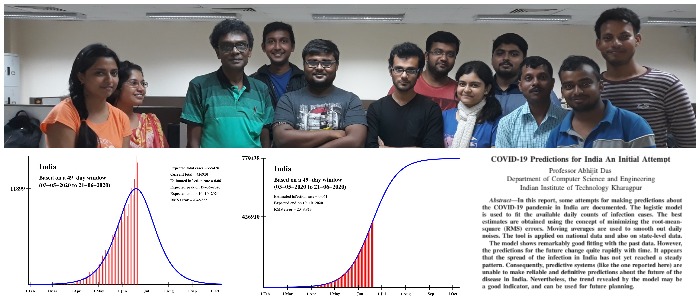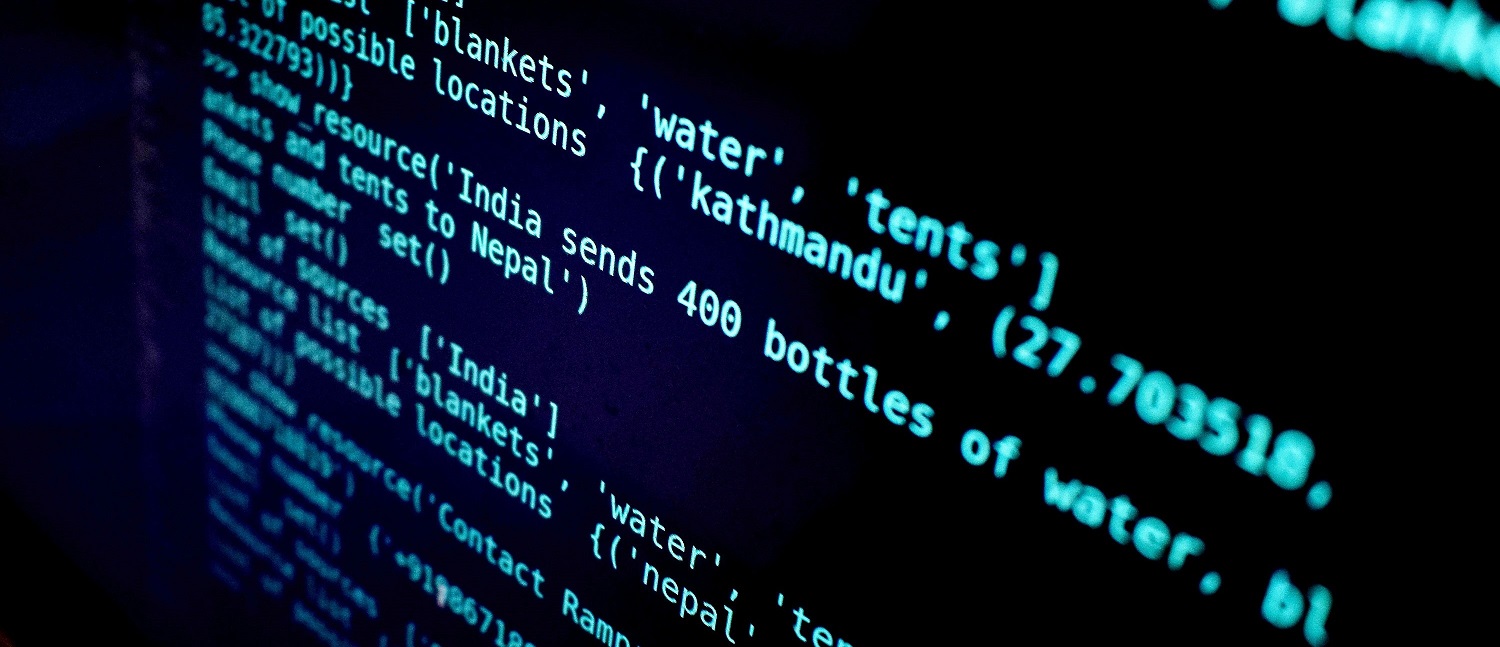
IIT Kharagpur develops COVID-19 Predictive Model for Decision-making
The study also predicts that new cases of the disease will continue until at least the end of September 2020. India Today Hindustan Times Times of India Economic Times (Health) Business Insider News 18 Outlook The New Indian Express Down to Earth NDTV The Hindu India Blooms Telangana Today Lokmat …


